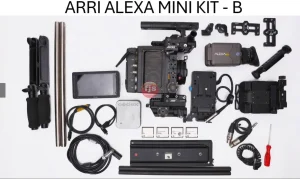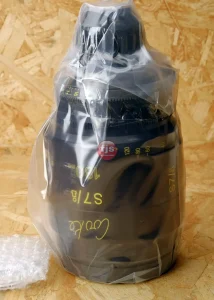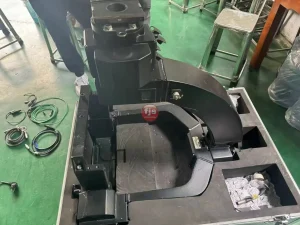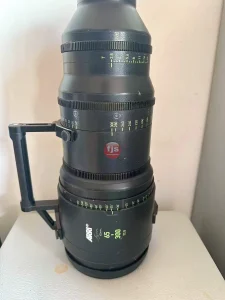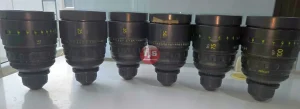Master Anamorphic lenses, co-developed by ARRI and Zeiss, are renowned for their stunning anamorphic image quality. But there’s a lingering question: do they suffer significant quality loss when used on full-frame cameras? This article explores the potential downsides and reassures you that the quality remains exceptional.
Master Anamorphic on Full-Frame: Designed for Full Coverage
Master Anamorphic lenses are specifically designed to cover the full-frame sensor size of modern cameras. Unlike some vintage anamorphic lenses, they don’t require a cropped sensor for optimal performance. This full-frame compatibility translates to maximizing the image area captured and minimizing quality loss.
Potential Considerations:
- Slight Crop: Due to the anamorphic squeeze factor (typically 1.3x or 1.4x), a small portion of the image circle might not be utilized on a full-frame sensor. This results in a minor effective focal length change compared to using the lens on a Super 35 sensor. However, this crop is usually negligible and can often be compensated for through adjustments during framing.
- Corner Vignetting: While minimized by design, there’s a possibility of slight vignetting (darkening) in the extreme corners of the frame, especially at wider apertures. This is a common characteristic of some anamorphic lenses and can usually be addressed effectively in post-production color correction.
Conclusion: Quality Reigns Supreme
Master Anamorphic lenses deliver exceptional image quality even on full-frame cameras. The potential for slight cropping and minor corner vignetting is easily manageable and shouldn’t deter you from the advantages they offer.
Here’s the takeaway:
- Full-frame compatibility for maximized image area.
- Minimal effective focal length change due to minor cropping.
- Manageable corner vignetting correctable in post-production.
Overall, Master Anamorphic lenses on full-frame cameras provide a powerful combination of the coveted anamorphic aesthetic and the benefits of full-frame sensors.
Frequently Asked Questions (FAQ)
Q: Is the quality loss with Master Anamorphic lenses on full-frame a major concern?
A: No, the quality loss is minimal and often negligible in practical use.
Q: How can I address the potential corner vignetting?
A: Corner vignetting can be corrected through color grading tools in most editing software.
Q: Are there any advantages to using Master Anamorphic lenses on full-frame compared to Super 35?
A: Full-frame offers a wider field of view without resorting to wider focal lengths, potentially improving low-light performance.


